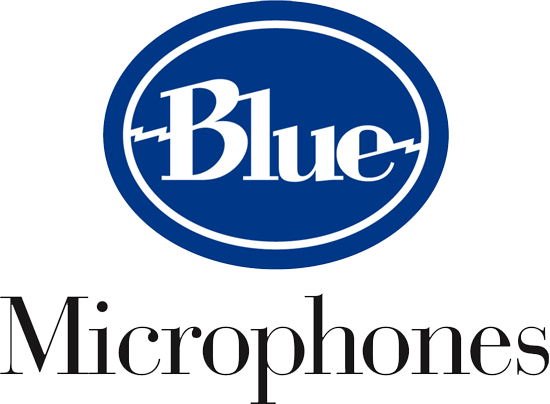 Electric vehicles are quickly becoming a popular place for companies to experiment with unique designs. While electric cars get all of the attention, there are some very interesting things happening in the space. From golf cart style neighborhood vehicles to scooters, electric is all the rage. Yamaha has long had a presence in this space, especially with motorcycles, but is testing some new ideas.
Electric vehicles are quickly becoming a popular place for companies to experiment with unique designs. While electric cars get all of the attention, there are some very interesting things happening in the space. From golf cart style neighborhood vehicles to scooters, electric is all the rage. Yamaha has long had a presence in this space, especially with motorcycles, but is testing some new ideas.
One of those experiments was on display at CES 2019. Rather than what we expect from Yamaha, a two-wheeled vehicle on which you sit, this prototype bucks both of those expectations. Rather than sitting on it like a motorcycle, this is designed to be stood on, like a skateboard or scooter. It also features 3 wheels instead of the more traditional 2 or 4, with 1 in front and 2 in back. Obviously, 3 adds stability over only 2 wheels but gives more maneuverability than 4.
The vehicle is rear wheel drive, meaning that the 2 wheels in the back actually propel the vehicle forward. The front is designed with a handlebar, similar again to a scooter. In the same style, the handlebar controls the positioning of the entire front of the vehicle, giving it the ability to turn quickly and tightly. In the booth, a representative demonstrated how easy it was to steer in a fairly confined space.
As of right now, this device is just a prototype, meaning that it might not come to market as it exists today. Like cars, a concept vehicle is simply a way for engineers to experiment with concepts. The company expects to test the vehicles in Japan this year, though they do not have a timeline for a wide release, either in Japan or overseas. To see all of the development on this and other vehicles, check out the company’s website.
Interview by Daniele Mendez of The New Product Launchpad.
Get $5 to protect your credit card information online with Privacy.
Amazon Prime gives you more than just free shipping. Get free music, TV shows, movies, videogames and more.
Podcast: Play in new window | Download
Subscribe: Apple Podcasts | RSS | More

 What many people do not know is that one of the most technology infused industries in the world is farming. Most modern farming would be completely impossible without the unbelievably large and powerful machines that reside on farms. The leader in farming machinery, as well as computing, is
What many people do not know is that one of the most technology infused industries in the world is farming. Most modern farming would be completely impossible without the unbelievably large and powerful machines that reside on farms. The leader in farming machinery, as well as computing, is  It seems that everyone is wanting to buy a robotic vacuum these days. They’re great for households with pets who shed, homes with a lot of traffic in and outside, or really just about anyone. The problem with the concept is that there are always going to be places that the robot cannot reach. For example, they’re not going to clean your stairs. That means that you’re still going to have to keep another vacuum in the house for those harder to reach areas. The
It seems that everyone is wanting to buy a robotic vacuum these days. They’re great for households with pets who shed, homes with a lot of traffic in and outside, or really just about anyone. The problem with the concept is that there are always going to be places that the robot cannot reach. For example, they’re not going to clean your stairs. That means that you’re still going to have to keep another vacuum in the house for those harder to reach areas. The  When people think of consumer drones and multirotor copters, they almost certainly go directly to
When people think of consumer drones and multirotor copters, they almost certainly go directly to  For new media, including podcasting and game streaming, one brand of microphones is nearly everywhere:
For new media, including podcasting and game streaming, one brand of microphones is nearly everywhere:  Of all of the products that we love on the CES show floor, microphones are certainly near the top of the list, for obvious reasons. So we were really excited to see the new technology at Shure’s booth this year.
Of all of the products that we love on the CES show floor, microphones are certainly near the top of the list, for obvious reasons. So we were really excited to see the new technology at Shure’s booth this year.  We really enjoyed our visit to the
We really enjoyed our visit to the  One of the things our team loves the most about CES is getting to see companies start out in Eureka Park, the show’s startup section, and end up having a major presence on the show floor. The best example of that transformation is definitely
One of the things our team loves the most about CES is getting to see companies start out in Eureka Park, the show’s startup section, and end up having a major presence on the show floor. The best example of that transformation is definitely  Do you ever sit at your desk and tap along to the beat of a song? Is the steering wheel in your car a full-on drum set when your favorite song comes is playing? If you’re like me, you’re a world class drummer in your own head. So, for all of us who don’t quite have the time or drum set to become rock stars,
Do you ever sit at your desk and tap along to the beat of a song? Is the steering wheel in your car a full-on drum set when your favorite song comes is playing? If you’re like me, you’re a world class drummer in your own head. So, for all of us who don’t quite have the time or drum set to become rock stars,